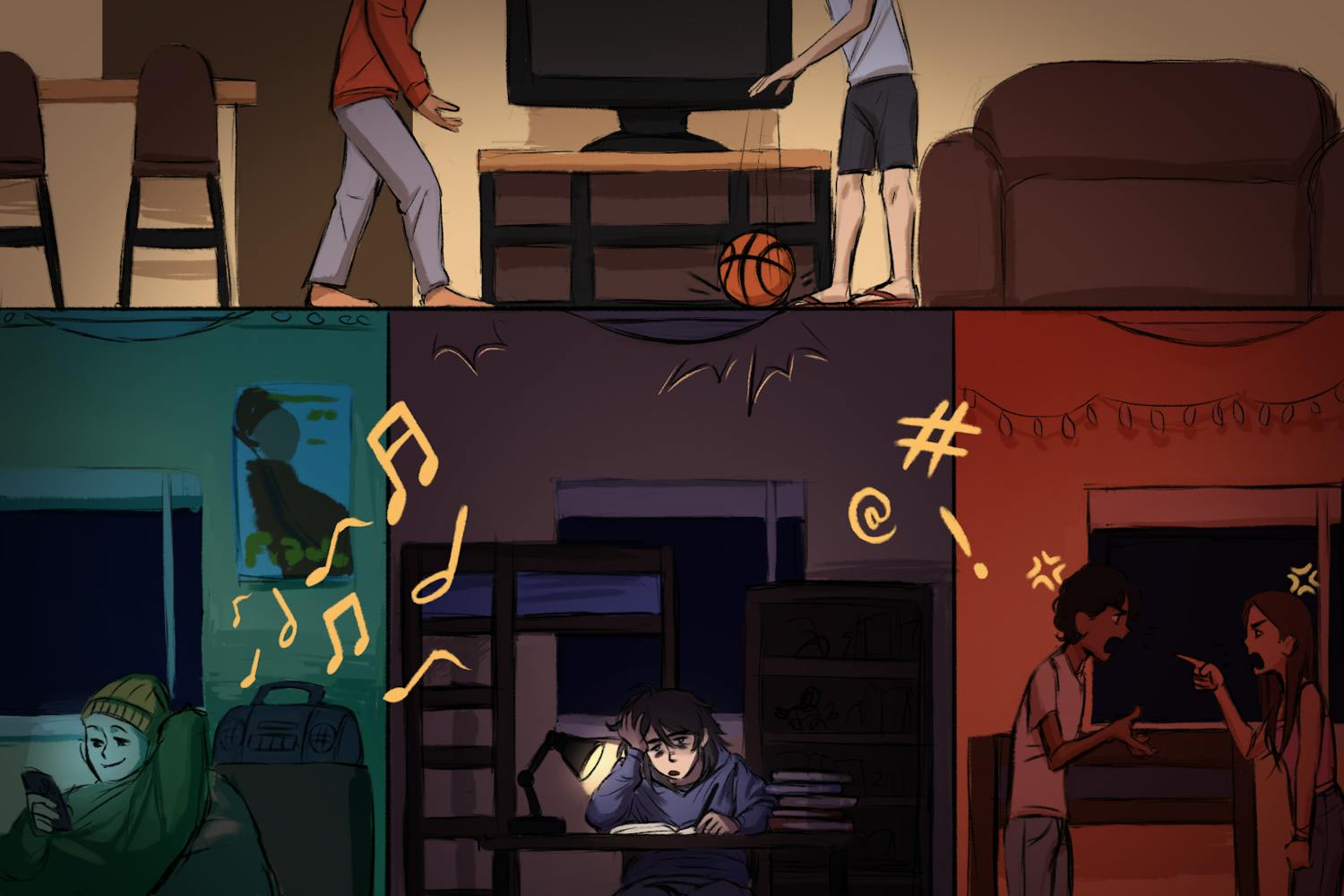Like shoes, charity comes in a variety of different shapes, sizes and colors. TOMS embraced this ideology and built a brand around it. And they do a lot of good with it. For every pair of shoes the company sells, they also donate one to children in parts of the world where footwear is a luxury rather than an accessory.
Students, hipsters, moms, dads and otherwise-TOMS-wearing Arizonans went barefoot around the Valley Tuesday for the One Day Without Shoes event.
The phrase “putting yourself in someone else’s shoes” comes to mind, but is successful only in the comedic sense as it fails to express the symbolic importance of untying your sneakers and putting flesh to pavement on a hot Arizona day. In this case, by literally placing yourself in the situation of someone much less fortunate, you are achieving true awareness through experience.
This says something about our generation’s perception of charity.
The KONY2012 video produced by Invisible Children was an attempt to capitalize on the youth presence on various social media networks. There is an old saying: Visibility is credibility. This is the logic behind celebrity endorsements, why we trust advertisements and why some people believe everything they read on the Internet. By having a clearly visible and strong presence, one is therefore credible. Invisible Children got everyone’s attention. They were visible.
After the video released and subsequently went viral, alleged “slacktivists” who posted, tweeted or shared the video came under fire. Skeptics were quick to label the actions as disingenuous and done more so out of a desire to appear involved, trendy or informed rather than a real call to action. This is debatable. It can also be called the “first step” in the overall process of being charitable.
This is why TOMS is so successful, but also so ultra human. By selling a donation via a pair of shoes, rather than soliciting handouts, TOMS gives participants (customers) a return on their investment (donation). By creating events such as One Day Without Shoes, and by donating one pair of shoes per pair sold, your donation isn’t getting lost in a general fund and TOMS is indeed “making a difference” — even if it is one step at a time.
This is perhaps the fundamental difference between Invisible Children’s recent tactics and the TOMS model that has been so successful and also adored and imitated. By bombarding the Internet with sensational imagery, the viewer is engaged, but it’s momentary. You become visible yet lack credibility. By embracing the lifestyle and fashion of the youth culture, assimilating your model of charity into it and merging consumerism with volunteerism, it works out better for everyone. You feel good about your purchase when it also goes to a good cause.
Tuesday, some Arizonans may have braved the little taste of summer barefoot, but they took the first step.
Want to join the conversation? Send an email to opiniondesk.statepress@gmail.com. Keep letters under 300 words and be sure to include your university affiliation. Anonymity will not be granted.
Follow The State Press on Twitter or like us on Facebook.



